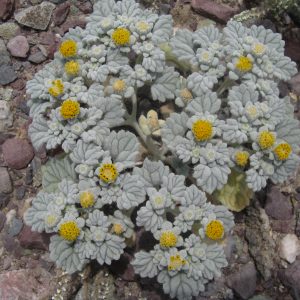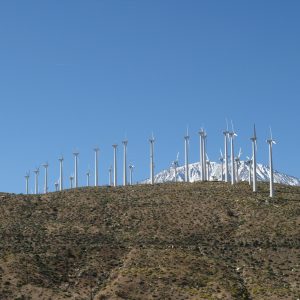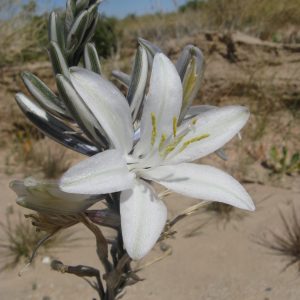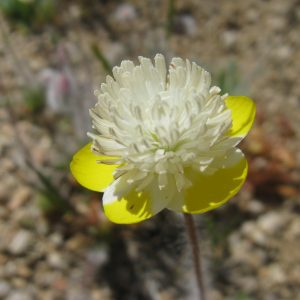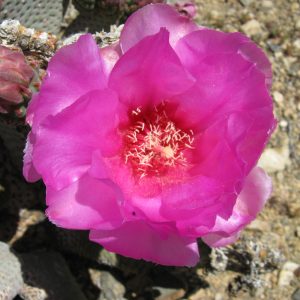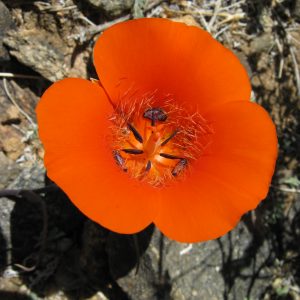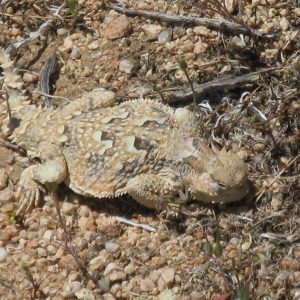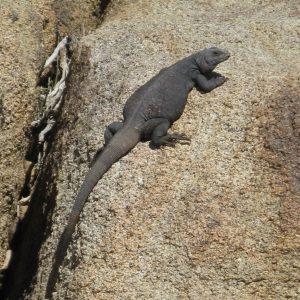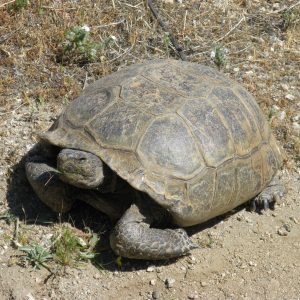My CLM internship has brought me to the Rancho Santa Ana Botanic Garden in Claremont, California where I am working as part of a Seeds of Success (SOS) team for the Bureau of Land Management (BLM). My SOS team has been tasked with collecting seeds from common Mojave Desert plant species that are of restoration value. These collections are important in the event of disturbances such as catastrophic wildfire or development, which are both growing issues in the Mojave Desert. Wind and solar energy development is becoming increasingly common across the Mojave, and already our work has taken us to several proposed solar development sites. Seed collections from these sites will help preserve plant population genetics that may be lost in the wake of development, and will provide a seed source for future restoration needs. More information about solar development on BLM land in the California Desert District can be found at the following links: http://www.blm.gov/ca/st/en/prog/energy/solar.html http://www.energy.ca.gov/siting/solar/index.html.
To the casual observer, the desert may seem like a relatively lifeless place, but a closer look will reveal that this is not the case. Springtime in the desert is a botanist’s paradise, with many exciting plants emerging while the cooler and/or higher elevations are still waking up from winter. Desert wildflower displays have been especially spectacular this year, due to an unseasonably rainy and cool spring. Hopefully the bloom will continue for some time to come as a result of the extended cool season.
- Psathyrotes ramosissima (Turtleback)
- Wind Energy Development on BLM Land
- Hesperocallis undulata (Desert Lily)
- Platystemon californicus (Cream cups)
- Opuntia basilaris ssp. basilaris (Beavertail pricklypear)
- Calochortus kennedyi (Desert Mariposa Lily)
- Horned lizard
- Chuckwalla
- Desert Tortoise
In addition to seeing some amazing wildflower displays, we have also had many memorable wildlife encounters. One of the most exciting encounters was with a Mojave Desert tortoise (Gopherus agassizii), which is listed as a federally threatened species. We were even able identify the plant species on which the tortoise was foraging, as well as an individual tag number and report that information to the local BLM wildlife biologist. We have also stumbled upon several other exciting desert herps, including horned toad lizards (Phrynosoma sp.), and a Chuckwalla (Sauromalus sp.). I am sure many more exciting adventures and sightings are yet to come!

